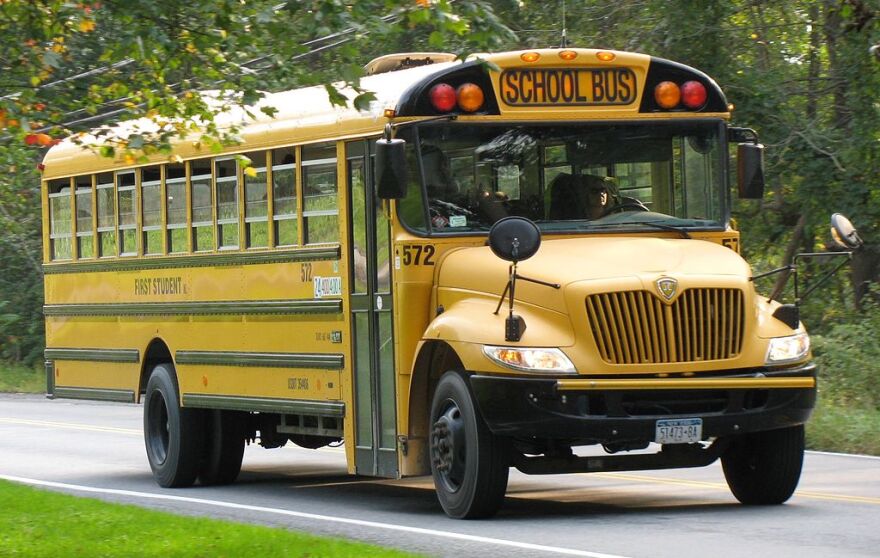The head of the National Highway Traffic Safety Administration recently endorsed the use of three-point seat belts in the nation's school bus fleet.
For its part, The National Association for Pupil Transportation, a school bus industry group, says that decision should be left up to state and local school officials. There are strong feelings on both sides of the debate.
Six states across the country require safety belts on their school bus fleets. New York is one of them. Al Diamico heads the transportation department for the Buffalo Public School District.
"We yellow bus 29,000 plus students every single day," Diamico explained.
The only difference between a school bus in Buffalo and a school bus in Columbus are seat belts.
"For us it was a no brainer. We really thought that this is the way of the future and it's much, much more safer than not being in a three-point lap-shoulder seat belt," Diamico said.
https://www.youtube.com/watch?v=KbCciy8ePds
Diamico says in 2010, through competitive bidding, the district phased in seat belts during a five year period and saved money in the process.
"We split up our 640 buses back then into three separate contracts to create a little competition. And we were fortunate enough that we actually saved $25 million over the next five years on that contract so the price of the seat belts was in there some place," Diamico explained.
In comparison, Columbus City Schools currently has 845 school buses in their fleet, according to Steve Simmons, director of transportation for the district.
Simmons is in charge of those buses but unlike Buffalo, the Columbus district owns it bus fleet rather than contract out the service. Simmons says in Columbus, the public school district transports thousands of children to and from school each day.
"We transport approximately 35,000 students every morning and every afternoon. So in a day's time we transport around 70,000 students," Simmons said.
Like Buffalo, Simmons says the Columbus district follows school bus safety rules outlined by the state. But locally, seat belts are not required.
"We rely on the design or the compartmentalization of the inside of the school bus because the seatbacks are much higher than they were in the years past and they're very well foamed. And as long as the students are seated properly with their bottoms in the seat and their feet on the floor, it's a very, very safe environment," Simmons explained.
But Buffalo's Diamico disagrees.
"Your child's on a bus. And it may get into a side-impact or a rollover. Do you want them in compartmentalization where they going to roll. When something rolls over, you're a flying object out there. Or do you want them in a three-point lap shoulder seat belt where they're going to maybe be up-side-down but they're still restrained." Diamico said.
Simmons, says it would cost Columbus Schools about $8.4 million to retro fit its fleet with seat belts. But, he says, there is no proof seat belts make kids safer while riding the school bus.
"There still hasn't been any definitive tests that have proven likewise that we would save any more lives with or without seat belts in a school bus. Most of our injuries and fatalities happen outside of the school bus in the school bus loading zone," Simmons said.
The debate may not be settled anytime soon.
But in the meantime, both Simmons and Diamico say, whether wearing seat belts or not, they can't recall the last time a child was seriously injured in a school bus accident. And both districts hold classes each fall to teach kids how to be as safe as possible on the big yellow school bus.

